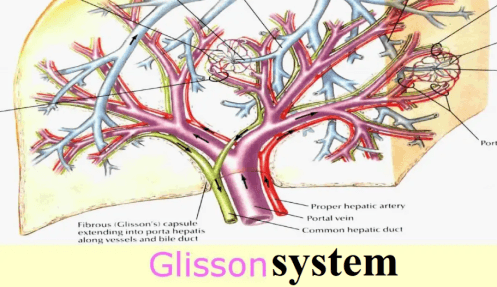We'd Love to Hear From You
Curious about product features, price quote, registration, delivery time, etc? We're ready to answer any and all questions within one business day.
In the past, bacterial, amebic liver abscess and obstructive jaundice caused by various reasons often required open surgery for abscess drainage or T-tube biliary drainage. With the popularization of minimally invasive technology, these problems can be solved by minimally invasive methods. For example, we can no longer use traditional surgery, but use percutaneous liver puncture to treat liver abscess, biliary tract lesions, etc. Percutaneous liver puncture can be achieved by percutaneous introducer.

There are two kinds of percutaneous introducers: one-step and two-step. The puncture needle of the former is 18G and the guide wire equipped is 0.038inch (0.97mm). It is mainly used in the case of huge liver abscess. After successful puncture, 0.038inch guide wire can be directly introduced and used to guide the drainage tube. The one-step operation is simple, but the scope of application is limited. Due to its large puncture needle (the outer diameter is up to 1.2mm), and the liver itself is rich in pipes, rich blood supply and fragile tissue, it will bring extremely dangerous damage. In the case of bile duct obstruction and unobvious intrahepatic bile duct expansion, even if there is bedside B-ultrasound guidance, it often needs repeated liver puncture to be successful. The intrahepatic bile duct is usually parallel and distributed with the branches of portal vein and hepatic artery, and is located in the Glisson sheath. It is easy to be injured by mistake and bleed a lot. Internal bleeding? Hematoma? Bloody ascites? Biliary peritonitis? Secondary infection? Peritonitis? Think carefully and fear deeply.
Therefore, the two-step percutaneous introducer came into being. This method is actually a micro puncture system of the liver, which is mainly used for biliary drainage or the treatment of other hepatobiliary diseases. First puncture the liver with a fine needle (the outer diameter of the puncture needle is only 0.71mm), because this kind of puncture often takes many times to succeed (especially when the expansion of intrahepatic bile duct is not obvious), so as to minimize unnecessary damage. After puncture into the correct target, such as intrahepatic bile duct, first introduce a micro guide wire (0.018inch) along the puncture needle, guide the sheath, and finally introduce a 0.038inch guide wire, and then take this guide wire as the track, Follow up treatment (biliary drainage, balloon dilatation, stent implantation, etc.).
Whether it is one-step or two-step, the domestic percutaneous liver puncture market has been occupied by the products of cook company of the United States for a long time. It is imperative for domestic products to break through the bottleneck in this technology.
SCW MEDICATH LTD, established in 1996 and headquartered in Shenzhen, is the first factory to develop and manufacture Central Venous Catheters, Blood pressure Transducer, and many other products in China. As a professional medical manufacturer, SCW has specialized in Intervention, Anesthesiology & Critical Care, Obstetrics & Gynecology, Urology, Medical Imaging, Orthopedics, and other high-value medical consumables. At present, more than 60 domestic registered products and more than 30 CE certified products. SCW is certified by ISO13485 Quality System Certificate and CE Certificate. SCW products are sold across China and exported to over 80 countries and regions. For more information about percutaneous introducers, please do not hesitate to contact us.